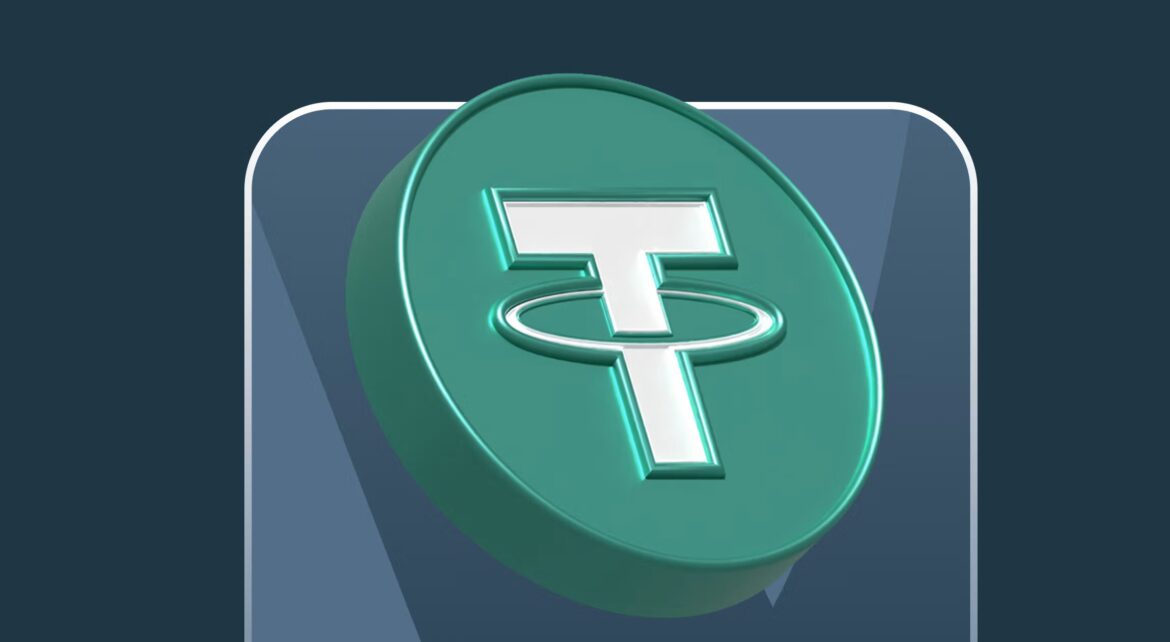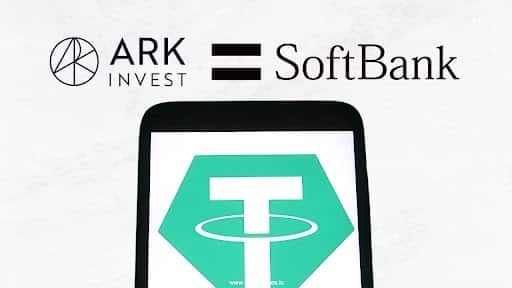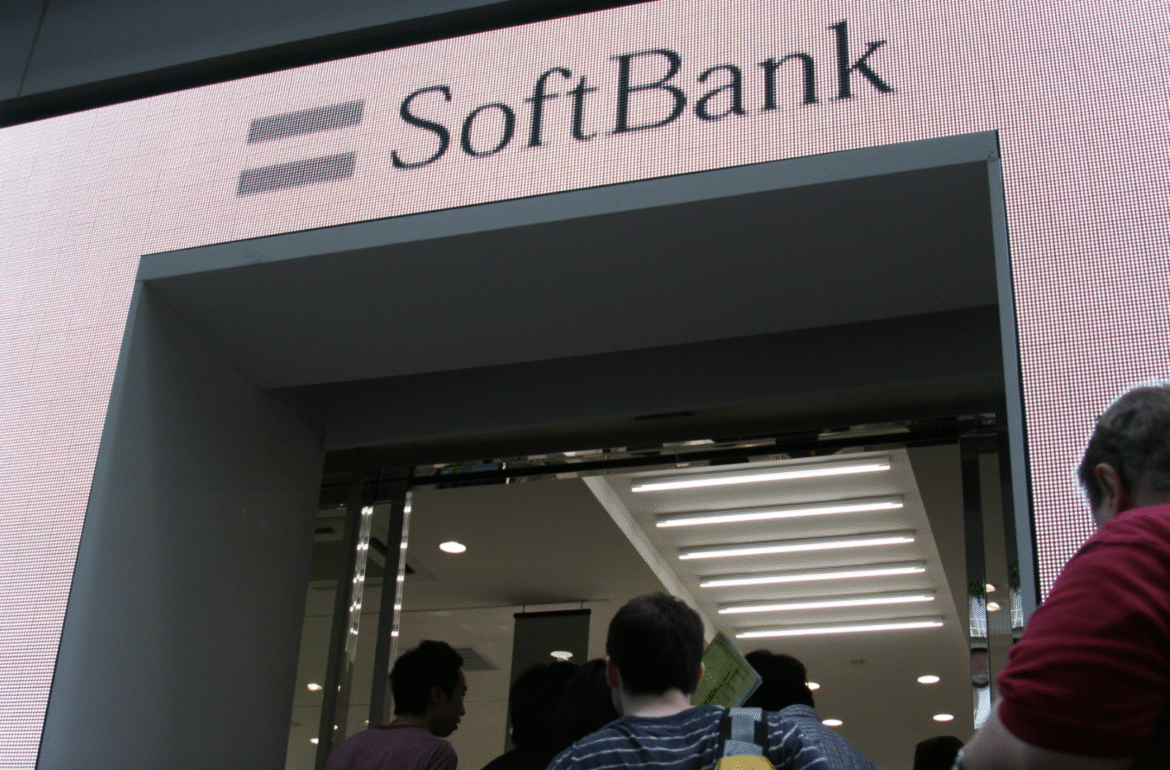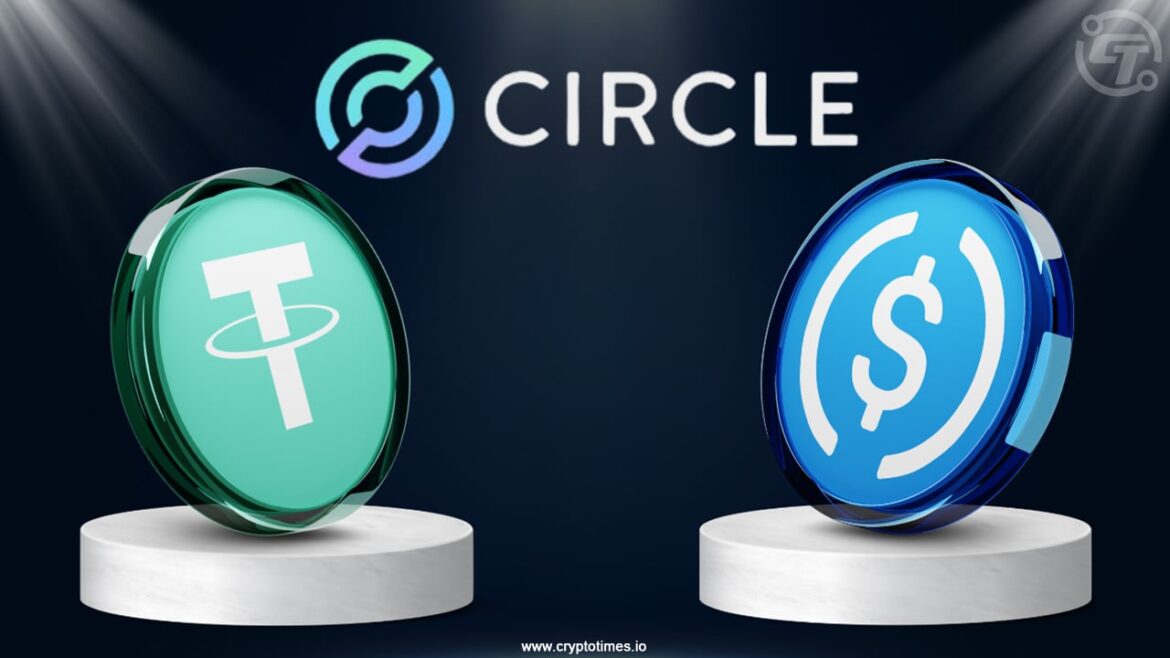Trusted Editorial content, reviewed by leading industry experts and seasoned editors. Ad Disclosure
Tether, the company behind the widely used USDT stablecoin, is said to be in talks for one of the biggest private fundraisings in crypto history.
According to multiple reports, the firm is exploring a $15 billion to $20 billion equity raise that could value the company at about $500 billion if the deal is priced at the levels under discussion.
Funding Targets And Valuation
Based on reports, Tether is looking to sell roughly a 3% stake in the deal, which is how the $500 billion figure is being calculated.
The plan, as reported, would involve new shares rather than existing owners selling down their holdings. The raise size under discussion — $15–$20 billion — would make this one of the largest private placements seen in the crypto sector.
Tether’s Major Funding Round May Include SoftBank Group and Ark Investment Management
According to @Bloomberg, @SoftBank_Group and Ark Investment Management are in talks to participate in a funding round of @Tether_to Holdings SA. The round could value Tether at as much as $500… pic.twitter.com/gSmzdf2RJ0
— ME (@MetaEraHK) September 26, 2025
Tether’s USDT token currently has a market cap roughly in the $170 billion to $175 billion range, highlighting why investors are watching the talks closely.
The company has expanded its activities beyond issuing stablecoins and is said to be moving into areas such as cloud services, telecom and real estate investments.
Potential Backers Join Talks
Reports have disclosed that Ark Investment Management, led by Cathie Wood, and SoftBank are among the parties exploring a stake in the round.
Cantor Fitzgerald is named as an adviser on the process. None of the interested firms, including Tether, has confirmed a final agreement publicly, and those discussions are described as early-stage.
Total crypto market cap currently at $3.72 trillion. Chart: TradingView
Why would big investors consider this? For one, Tether generates revenue from interest on its reserves, largely held in US Treasuries. One report said Tether made about $13.4 billion in profit last year from such returns.
The company also serves roughly 500 million users worldwide, and USDT remains a major on-ramp between fiat currency and crypto assets such as Bitcoin and Ether.
Regulatory And Profit Details
Past scrutiny over reserve disclosures and other controversies means any major investment will draw extra attention from regulators.
Observers note that a lofty private valuation could amplify those concerns, especially as Tether moves toward broader business lines and prepares a US-focused stablecoin product reportedly called USAT.
Cantor Fitzgerald’s role and the involvement of big-name investors would likely intensify the public and regulatory spotlight.
Talks could still fall apart or change shape. Based on reports, the numbers are ambitious and represent the top end of what Tether is said to be seeking. Investors and regulators are watching closely as details emerge.
Featured image from Stake, chart from TradingView
Editorial Process for bitcoinist is centered on delivering thoroughly researched, accurate, and unbiased content. We uphold strict sourcing standards, and each page undergoes diligent review by our team of top technology experts and seasoned editors. This process ensures the integrity, relevance, and value of our content for our readers.






